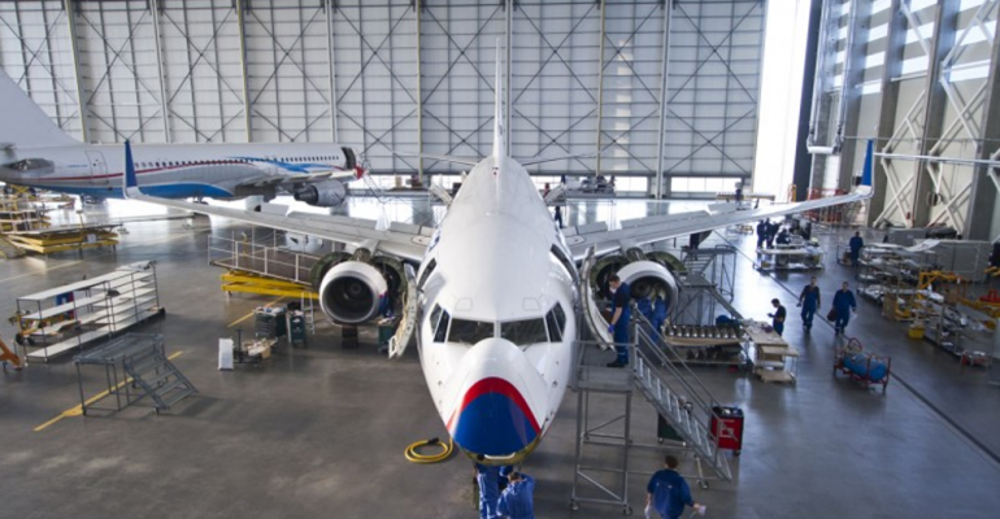The Shape of Recovery: Flights Edging Up, Even As Passengers And Revenues Lag

The great virus crisis of 2020 is resolving itself into a financial disaster for airlines and slack times for OEMs and MROs as most airlines steadily boost flights, but passengers, load factors and revenue lags behind.
For MROs, of course, it is daily flights that usually drive demand, so there should be increasing work to do. But will airlines be able to do it on time or pay for it?
Components and engines can be swapped from still-grounded aircraft to conserve cash and avoid these types of MRO spending.
Daily flight data from RadarBox sketches the geographical shape of the cautious recovery in daily flights.
In mid-July, domestic Chinese flights were down only 16% from mid-January, pre-crisis levels, while international flights remained 64% below mid-January. First-in, first-out of the crisis seems to be working for Chinese aviation.
Also relatively healthy are U.S. domestic flights, down 33% from mid-January by mid-July. But U.S. international flights are now down by more than 50%, and many of these are cargo flights by either dedicated freighters or their temporary substitutes.
And the recovery in flights is very uneven, with LCCs like Southwest Airlines leading the surge and majors like United Airlines lagging behind. It is majors, of course, that most depend on international flying
Canadian carriers are being more cautious, with domestic flights still down 59% and international flights a drastic 79% below January levels.
With virus mortality plunging, Europe is carefully opening up air travel, and intra-European flights are now about 46% below pre-crisis levels. But much European flying is to other regions, and that is still weak. Europe-to-UK flights are down nearly 60%, and flying to Asia is down by two-thirds. Furthermore, European flights to Latin America are down nearly 80%
For as winter hits the southern hemisphere, and virus contagion picks up, Latin America has been hard hit, both financially and in terms of operations. For example, Brazilian domestic flights are still 81% below January levels and international flights are down even more, 83%.
India shut down flying early and tight and has opened it up only recently. But domestic flights are still down 73% from pre-crisis levels. So it’s still a ragged recovery so far. Cargo and substitute cargo maintenance has done best.
Narrowbody work is more common than is support for the widebodies that do many international flights. Line MRO basically tracks daily flights, so is doing better. But any maintenance that can be deferred is being deferred, to conserve that precious cash. Lease transitions will be frequent as aircraft are released or repossessed, but MRO work on these aircraft may wait until the next operator is secured.





